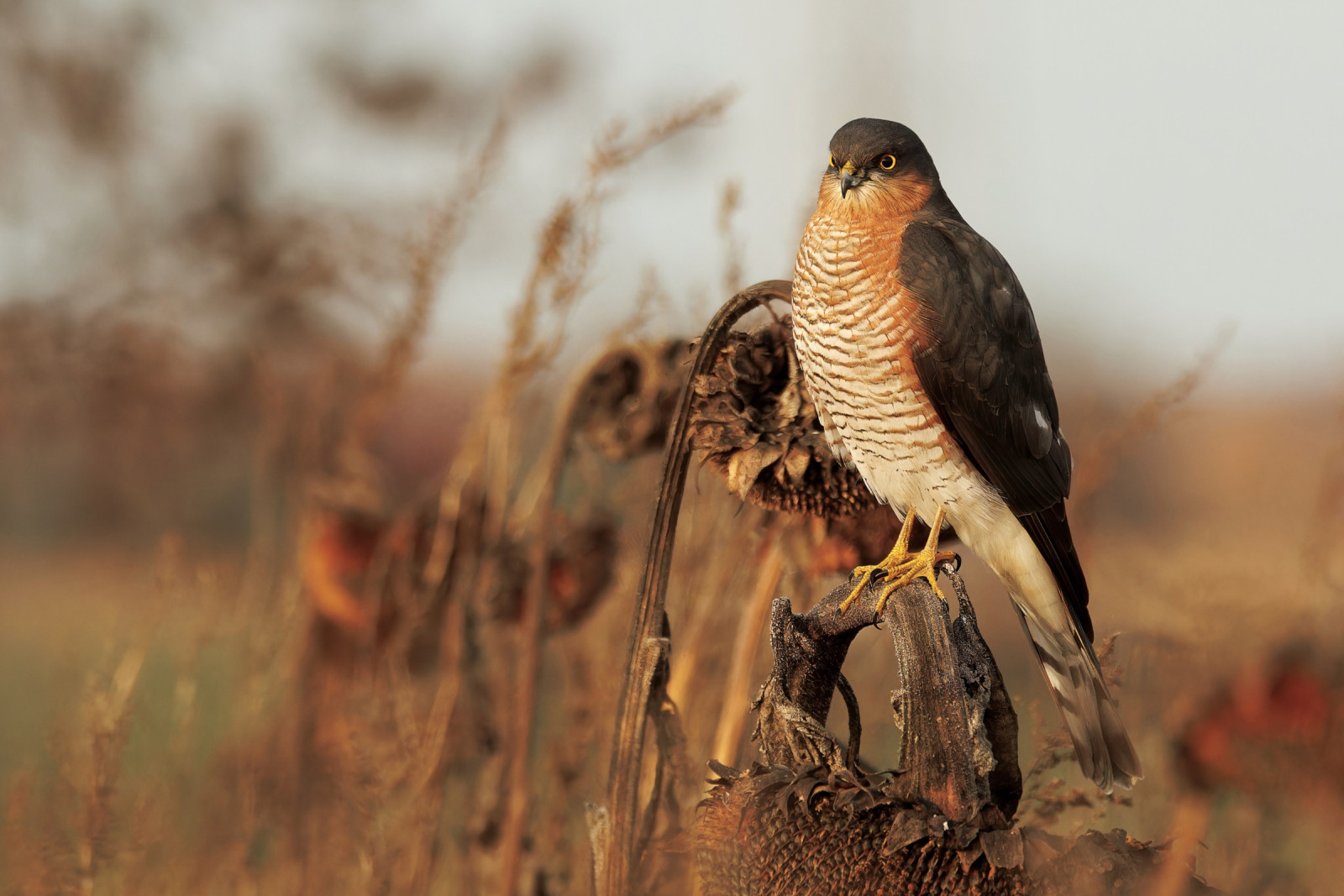Beschreibung
Devonport Park was first opened to the public in 1858. It is situated on a high hill overlooking the River Tamar and Naval Dockyard just to the West, the whole area of the park was once part of the Dockyard defences and was kept completely free of buildings.
The layout of the park is in a typical Victorian Style, with a good covering of mature trees and longish tree lined avenue's with many areas of shrub beds. A once council plant nursery now an adult training centre sits in the South East corner surrounded by high hedges. A busy road (Park Avenue) cuts through the park near it's Western edge. This smaller sub section of the park, sometimes called 'Ferry Park', has less tree cover with summer wildflower meadows and a more recently planted community orchard with a substantial shrub bed running the full length of its Western edge along New Passage Hill (press STARS on map for more information).
Whilst birds are mostly of more common species, during spring Steinschmätzer, Gartenrotschwanz, Grauschnäpper and Kuckuck are sometimes seen, some only stopping for a matter of hours before moving on further north.
Details
Zugang
Plymouth City Centre to Devonport Park is a 30 minute walk. A number of buses from the centre go near the park. Those traveling by car beware of resident parking only restrictions, the long road on the park's eastern edge (Exmouth Road) has free parking, but can get busy.

